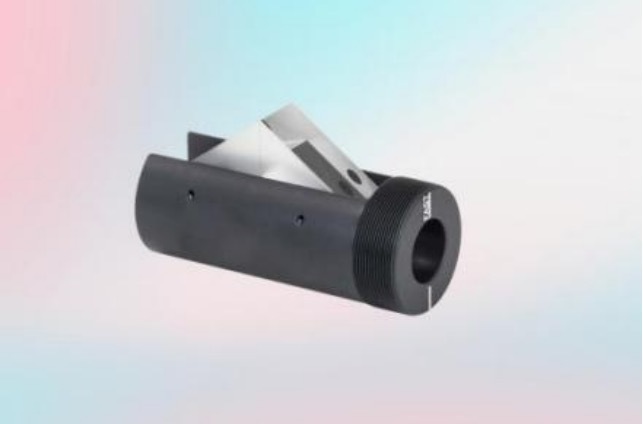Innovations in Optical Prisms and Their Applications in Modern Optics
Release Time:
2025-08-13
outline: Discover the latest advancements in optical prisms, enhancing light manipulation, image quality, and precision in scientific and imaging devices.
Innovations and Applications of Optical Prisms in Modern Optics
Optical prisms are fundamental components in modern optical systems, renowned for their ability to manipulate light through refraction, reflection, and dispersion. These geometrically precise glass or crystal devices redirect, split, or combine light beams to achieve specific optical effects. From scientific instruments to consumer electronics, optical prisms play an essential role in enhancing image quality, improving measurement accuracy, and enabling complex light manipulation.
One of the primary functions of optical prisms is to change the direction of light without compromising its intensity. By exploiting the principle of total internal reflection, prisms can redirect light at precise angles with minimal loss. This capability is critical in periscopes, binoculars, and optical sensors, where accurate light routing ensures reliable performance. In addition, prisms can invert or rotate images, which is vital in photography, projection systems, and scientific observation instruments.
Dispersion is another key characteristic of optical prisms. By separating light into its constituent wavelengths, prisms enable detailed spectral analysis, which is crucial in spectroscopy, chemical analysis, and laser applications. This ability to split white light into a spectrum makes prisms invaluable in laboratory research and educational demonstrations. Scientists rely on high-quality prisms to maintain precise angular dispersion and consistent optical performance across a wide range of wavelengths.
There are several types of optical prisms designed to meet diverse application requirements. Right-angle prisms are commonly used for image rotation, beam deviation, and light reflection. Pentaprisms provide fixed-angle reflection and are essential in surveying instruments and cameras. Dispersive prisms, such as equilateral or Littrow prisms, are widely used in spectrometers and laser systems for wavelength separation. Each prism type is carefully engineered to provide specific optical properties, including high transmission, minimal aberration, and resistance to environmental conditions.
Recent advancements in prism manufacturing have focused on improving precision, durability, and spectral performance. Modern prisms are produced using advanced optical glass and coatings to enhance light transmission and reduce unwanted reflections. Anti-reflective coatings minimize light loss, while protective coatings enhance durability against scratches, humidity, and temperature variations. These improvements are particularly significant for applications in aerospace, medical imaging, and high-precision laboratory instruments, where performance reliability is critical.
Integration of optical prisms into complex systems requires careful alignment and calibration. Engineers must consider factors such as refractive index, wavelength range, and environmental conditions to achieve optimal results. Compact prism designs have enabled their use in miniature devices such as smartphones, augmented reality displays, and portable spectroscopic instruments, allowing advanced optical functionalities in smaller form factors.
The demand for optical prisms continues to grow with the rise of high-performance imaging systems, scientific research tools, and advanced optical devices. Fields such as telecommunications, medical diagnostics, astronomy, and laser technology increasingly depend on precise light manipulation, which prisms provide. By combining innovative design with precise manufacturing, modern optical prisms deliver exceptional performance, reliability, and versatility, solidifying their role as indispensable components in contemporary optical technology.
In conclusion, optical prisms are vital in shaping the behavior of light across numerous applications. Their ability to redirect, disperse, and manipulate light makes them essential in scientific instruments, imaging systems, and consumer devices. Ongoing technological advancements ensure that optical prisms will continue to meet the evolving demands of modern optics, enabling higher precision, enhanced image quality, and innovative optical solutions.
Innovations in Optical Prisms and Their Applications in Modern Optics
outline: Discover the latest advancements in optical prisms, enhancing light manipulation, image quality, and precision in scientific and imaging devices.
2025-08-13
Advanced Polarizers Technology and Its Applications in Modern Optics
outline: Explore the latest advancements in polarizers, enhancing image quality, reducing glare, and improving performance in optical devices and scientific instruments.
2025-08-13
Understanding Polarizing Optics: The Key to Enhanced Light Control in Photonic Devices
outline: Polarizing optics is a specialized field that focuses on the manipulation of light waves through polarization. This process involves filtering light to allow only waves oriented in a specific direction to pass through, effectively reducing glare and improving visibility. The significance of polarizing optics is particularly evident in various industries, including electronics and optoelectronics,
2025-08-07




